One of the most important questions in the infertility field is how to reduce the number of premature births. The March of DImes has identified multiple gestation pregnancies–twins and triplets–as one of the three risk factors for preterm labor and early birth. Additionally, a history of premature births and uterine and cervical problems, which can be applicable to infertility patients, are also significant reasons for this serious and costly health problem.
Every November, the March of Dimes conducts a public education campaign to promote prematurity awareness. In 2016, for the first time in eight years, the U.S. saw an increase in the preterm birth rate. According to the Premature Birth Report Card, the U.S. earned a “C” grade–primarily because of the growing disparity in prematurity rates across different rates and ethnicities.
A Healthy Singleton Pregnancy
The goal of every physician at HRC Fertility is to help our patients achieve a healthy pregnancy–ideally, a healthy singleton pregnancy. In 2014, according to the latest SART data, 64.3% of live births per patient at HRC Orange County were singletons; nationwide, 43% of the IVF patients under age 25 had a singleton birth.
Multiple gestation pregnancies of twins or triplets not only are potentially dangerous and unhealthy for babies, but also for mothers-to-be. Babies born prematurely are at risk for major health issues, such as cerebal palsy, respiratory and gastrointestinal issues, and other short-and long-term healthg and developmental problems. Pregnant women carrying multiples may experience complications such as preeclampsia or gestational diabetes. Selective reduction, where one or more of the embryos are terminated, is an option that most want to avoid.
We realize, however, that many patients are paying out of pocket for treatment and feel financial pressure to maximize their chances of success by requesting a transfer of more than one embryo. But we hope they consider whether a single embryo transfer might benefit them.
Good Candidates for Elective Single Embryo Transfer (eSET)
We are seeing an increased demand for elective single embryo transfer when both patients and our doctors decide this is the best way to ensure a healthy and successful outcome.
We recommend elective single embryo transfer to younger female patients under 35 who have many embryos from which to choose and freeze, as well as women who have had previous successful cycles. However, everyone has the opportunity for eSET after a discussion with his or her doctor.
Embryo Grading and Genetic Testing
Our embryologists use the most advanced techniques in embryo selection via embryo grading and genetic testing. They aim to select the highest quality embryo to transfer. Using standard embryo grading techniques, they can assess embryo quality based on appearance (size and number of cells) and the rate and stage of development. Genetic testing, however, has been a major breakthrough in the field’s ability to predict which embryos are genetically normal and more likely to implant and produce a baby.
Success of eSET
With the right candidates, we are seeing good success rates in both fresh and frozen eSET IVF cycles, as well as significantly decreased multiple pregnancy rate. As embryos selection techniques continue to improve, we predict that elective single embryo transfer and singleton births via IVF will be the wave of the future. At HRC Fertility, we are strongly committed to making that goal a reality.
http://www.sart.org/FACTSHEET_Elective_Single_Embryo_Transfer/
http://www.marchofdimes.org/mission/prematurity-campaign.aspx

